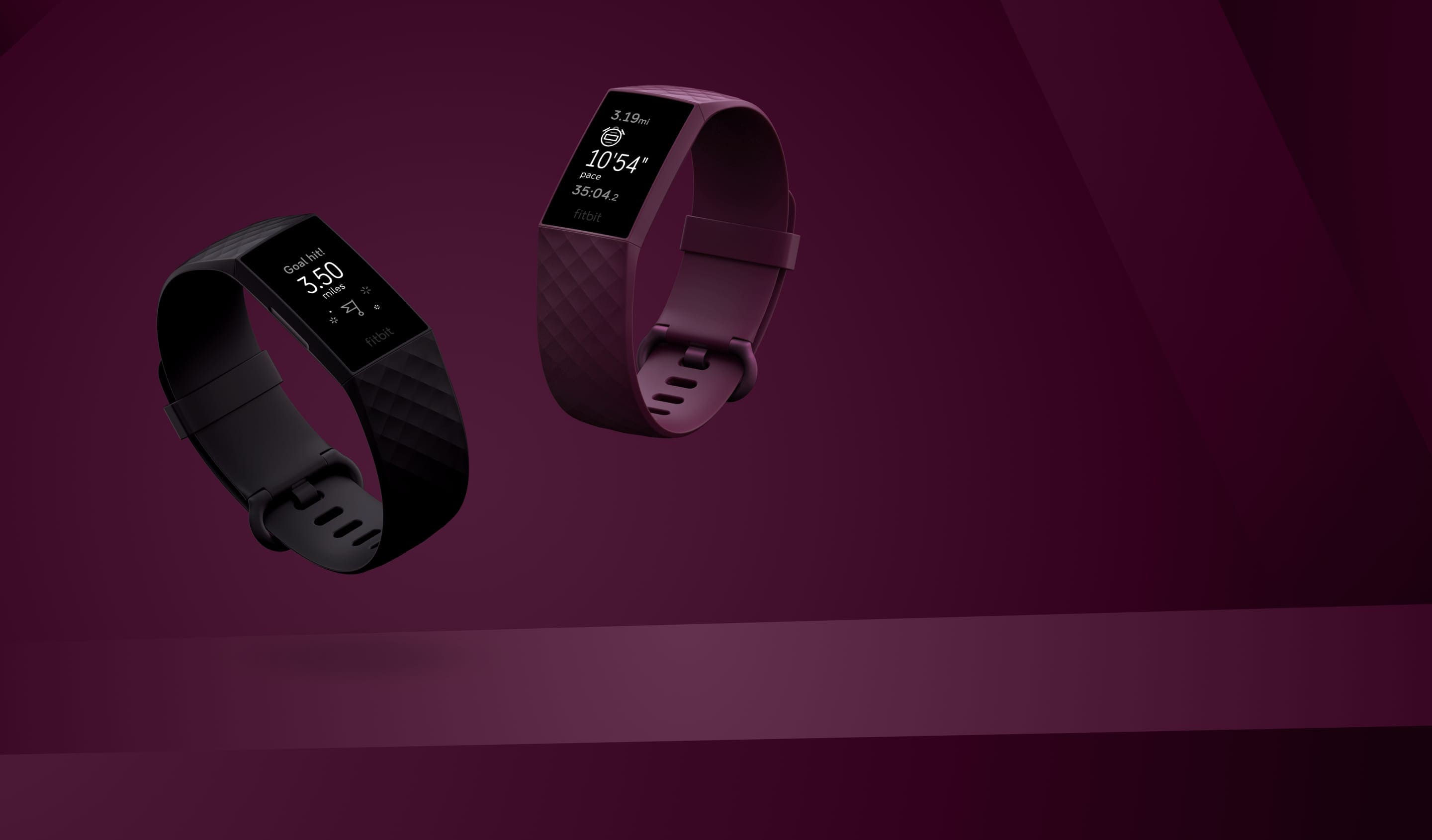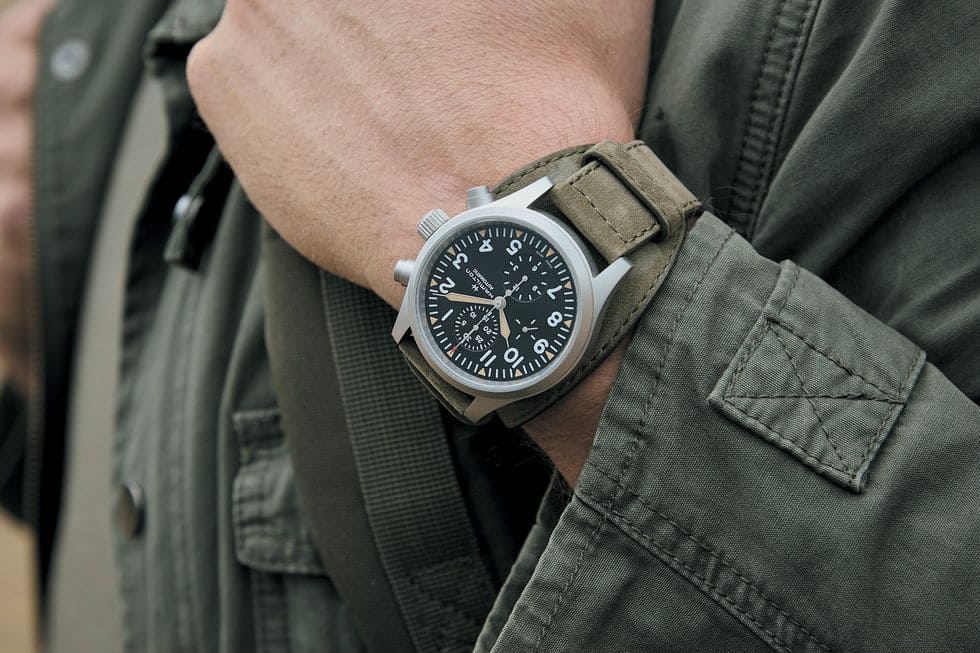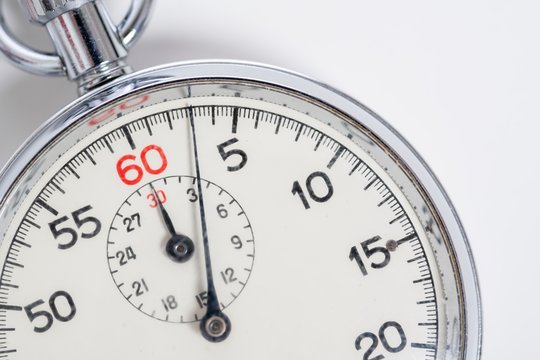All of the more current models of Garmin's smartwatches and fitness trackers come equipped with the ability to keep an eye on your pulse. However, there are situations when not everything works as it should. Here is what to do if the gadget that you have on your wrist is not monitoring your heart rate or has ceased doing so.
Additional Reading: Smartwatch Radiation - Health Risks & Protection Tips
Heart rate can be monitored by the majority of Garmin watches.
It is no longer necessary to wrap a chest strap around your body in order for your Garmin watch to get an accurate measurement of your heart rate. Although the precision does not yet match that of similar devices, it is becoming closer and closer with each passing year.
You may be certain that the gadget on your wrist will provide reasonably accurate readings while you are at rest and when you are engaging in activities of lesser intensity. When exercising at a high intensity, only then will you find that your accuracy suffers somewhat.
This was shown in recent research that was published in the journal Cardiovascular Diagnosis & Therapy by the Cleveland Clinic. They determined the degree to which chest straps and wrist-based sensors provide different levels of accuracy when measuring heart rate.
Because of this, we continue to recommend that those who are really serious about their training and their athletic endeavours use a heart rate wristband or chest strap whenever they are engaging in strenuous activities. The use of the heart rate sensor on your watch for monitoring anything else is completely acceptable.
You do not even need to pick a product made by Garmin. The timepieces manufactured by this firm are compatible with the chest straps and armbands manufactured by other companies, such as Polar and Suunto.
However, what should you do if Garmin is no longer monitoring your heart rate? Or maybe the widget that displays your heart rate has vanished from your watch. The following is a list of troubleshooting actions, the successful completion of which will hopefully fix the issue.
Garmin is not tracking heart rate or has ceased recording it.
Your Garmin watch, unless it is a very ancient model, should have the capability to monitor your heart rate. Readings may be seen either on the watch itself or through the Garmin Connect app or online dashboard. Both options are available to you.
The Garmin watch widget displays the user's actual heart rate as well as a chart including the data from the last four hours. There is also a chart that displays the values of your resting heart rate over the course of the last week. The dashboard of the smartphone app or website is where you should go to see longer-term trends and for additional information.
Make sure that the wrist heart rate monitor hasn't been turned off.
Imagine that the heart rate widget is there on your Garmin watch but that it is unable to display any information. It is very clear that there is an issue. It's likely that you'll see something that looks like a heart with a line drawn across it in grayscale. It's possible that you've ever seen that the lights on the rear of the watch that indicates the optical heart rate sensor is turned off.
Checking to see whether the wrist heart rate function has been deactivated should be the very first thing you do! It is true that this is one of the available choices, but not all of the watches have it; just a select few do. In most cases, you may learn about the setting by going to:
Choose either
- "Menu" > "Settings" > "Widgets" > "Heart Rate" > "Heart Rate Settings"
- "Menu" > "Settings" > "Heart Rate" > "Heart Rate Settings" to adjust your heart rate.
Reset the time on your watch.
Yes, the tried-and-true reset button. You have confirmed that the wrist heart rate function is active, but the rear of the watch does not display any blinking lights. Your sensor will be reset and its functionality may be restored if you restart your watch.
No observations of the heart rate.
You will be able to see that the lights in the rear are flashing now that the functionality has been activated. Is there still nothing to read? It's possible that you're not wearing the watch properly, but there might also be another problem. It seems that the following symbol is being shown on your screen rather than your current heart rate values.
Check the following items on this troubleshooting checklist:
Check that the watch is being worn in the appropriate manner. Your skin (on the outside of your wrist) should remain in constant touch with the sensor, and the watch should fit securely but not too securely. Even while it should not be moving about, doing so might potentially impede blood flow if the strap is pulled too tightly. When it comes to high-intensity activities, silicone bands are preferred over leather or other materials because of their superior durability.It is possible that repositioning the watch so that it is worn slightly higher on the wrist while participating in certain kinds of activities would be beneficial. Because exercises like weightlifting and racket sports require flexing of the wrist, this may be especially helpful when used in conjunction with such activities.
maintain a clean environment for the sensors located on the back of the watch. If this is not done on a regular basis, a buildup of rust and corrosion may occur, which may cause readings to be inaccurate.
Keep your tattoos away from your watch in order to avoid any complications with its accuracy. This is due to the fact that the ink has the capability of preventing light from reaching the heart rate sensor.
The heart rate widget has been removed from the display of the watch.
The disappearance of the widget may almost certainly be attributed to one of two actions: either it was taken away or it was concealed. The good news is that this can be fixed without much difficulty. Once again, the path differs depending on the device. Modify the settings in one of the following ways:
You may delete or rearrange widgets by going to Menu > Settings > Widgets > Heart Rate > Heart Rate Settings. Alternatively, you can remove or reorder widgets by going to Menu > Settings > Display Options > Visible Widgets.
The information from an external heart rate arm or chest strap is not being shown on my Garmin.
When engaging in strenuous physical activity, it is a good idea to wear a heart rate wristband or chest strap so that you can keep track of your heart rate. You will have the peace of mind that comes from knowing the information is more accurate than what you would obtain from a heart rate sensor that is worn on the wrist.
The steps you need to take to connect an external heart rate monitor to your Garmin watch
Keep in mind that the Garmin watch has to have the external device added to its list of possible devices before it can be used for the first time. Just navigate to:
- The configurations of the device
- Select the sensors and accessories you need.
- Click the "Add New" option.
- Pick the "All Search" option.
If all goes according to plan, Garmin should recognize the external device and add it to the list it maintains. After that point, the two should automatically link with one another—provided that both are turned on.
Additional Reading: Best Smartwatches For Diabetics
The process of troubleshooting
On the other hand, there may be instances when you struggle to couple the external gadget with your Garmin. It's also possible that the data isn't showing at all, or that the heart rate measures are all over the place. Proceed through this list to find solutions for:
Maintain close proximity between your Garmin watch and the device you're trying to link it with. They have a range of communication that extends to a particular point.
Is the external heart rate monitor ready to use after being charged? If it is powered by a battery, is it possible that the battery has run down and has to be replaced?
Check that the strap is being worn appropriately and that the external sensor is pointing in the appropriate direction. It should fit closely against your body, and there should be no room for it to move.
While you are trying to pair the devices, you should have the external one on your person at all times. The readings will begin to be broadcast, which should make it simpler for your Garmin to communicate with the device.
In the case of chest straps, it is customarily required that the sensors be wetted before the band is secured around the user's torso. By wetting the electrodes, you may help create an electrical connection between yourself and the gadget.
Check to see that the sensors have been cleaned.
When you are among a group of people, it is a good idea to take a few steps apart from the other people. They could also be wearing a heart rate chest strap, which might be causing interference with the broadcast signal coming from your device.
It is a truth that is not well understood that the sort of clothes you wear might have an influence on your readings. Shirts made of synthetic fibers have the potential to generate static electricity if they come into contact with the heart rate strap. Because this can cause interference with the signals, try switching to a cotton shirt and see if it helps.
You may turn the external heart rate monitor on and off as needed. In order to fix most problems, you need to restart any electrical gadget.
You have exhausted the aforementioned options, but none of them has been successful. The next-to-last phase is attempting to integrate the new chest strap for an external heart rate as a new device. Therefore, you should go through the steps as if you were attempting to pair it for the first time.
The very last action? However, there is always the possibility that there is an issue with either your Garmin watch or the external heart rate monitoring equipment that you are using. This is a more significant issue, and it may require the replacement of either one or both of them.
She has pursued her studies in The United States, where she has graduated in Business and Economics and is currently finishing her Master studies in International Economics and Finance. Miss. Amputee is fluent in three languages: English, Spanish and Russian and has elementary knowledge of French and Italian. She love exploring how Collaborative Research Group can become the best tool to achieve the (necessary) educational change. .
Leave a reply
Your email address will not be published. Required fields are marked *Recent post

What is the Difference Between Garmin Connect Vs Strava?



